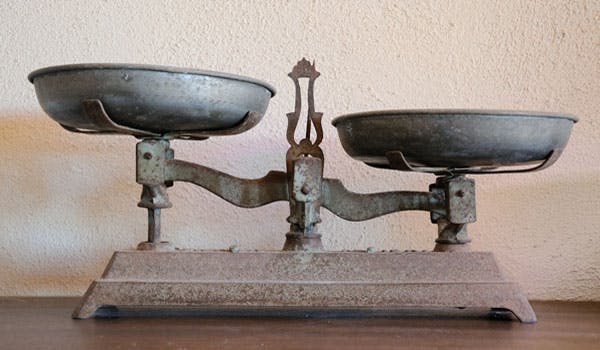Selling at the right price means demonstrating profitability, identifying potential and reducing risk.
For buyers, value is about opportunity and risk. So your goal should be to present your business as offering a stronger growth path and less risk than similar businesses on the market. If you can achieve this, buyers will have every reason to offer a premium price.
Intangible assets such as customer contracts and relationships, a strong brand, unique intellectual property and future potential are where buyers will see real value. If you also take the time to spruce up your business, boost profitability and mitigate risk, you could increase its value even more.
Communicate the benefits
Part 3 of this series described how businesses have a different value to different buyers and how a high synergistic value often translates into a superior price.
So to get the best price, you should emphasise the value of your business to the buyer in marketing materials and during negotiations. Three key benefits to highlight are: competitive advantage, growth potential and synergies.
Competitive advantage: Exclusive product or concept, flagship customers, strong brand, desirable location… be clear about what makes your business stand out.
Growth potential: Most buyers use future earnings potential to work out the value of your business. Alert them to growth opportunities such as opening new stores or expanding the range of services.
Synergies: Synergies between your business and theirs are attractive to buyers. These could be cost synergies (removing role duplication, logistics cost savings) or revenue synergies (access to your customers, adding new capabilities).
Smarten up your business
Some owners lose business focus before they sell; they may be stressed or tired.
Unfortunately, an ailing customer list, disengaged staff and ageing assets are all turn offs for buyers and translate into lower offers.
So incentivise staff, offload obsolete stock and clean up your warehouse. Upgrade any systems or processes that could improve efficiency and address structural or cultural obstacles to better performance.
You probably know what needs to be done. If you don’t, contract an external advisor to devise a business improvement strategy.
Improve profitability
A common way for buyers to calculate the sale price is as a multiple of EBIT (earnings before interest and tax).
In the run up to the sale, improving profits by increasing revenues and decreasing costs will add measurable value. A consistently healthy EBIT gives buyers confidence.
Increasing revenues could mean expanding your customer base, rethinking your pricing strategy or upselling to existing customers. Decreasing costs might include renegotiating supplier contracts, restructuring your organisation or increasing labour efficiency.
These actions should not be short term “window dressing”. Also, they should not reduce customer service or have a negative impact on staff morale or your business’s reputation. Otherwise you will be reducing, not increasing, your business’s value.
Reduce risk
Most buyers are risk-averse. Make their decision easier by reducing or removing potential risks.
Retaining key customers, staff and suppliers is vital for the new owner but, unlike hard assets, relationships cannot be transferred. To reassure buyers, show you are nurturing people and intent on transitioning relationships. To reduce the impact if staff leave, record each role’s responsibilities and functions and document every policy, procedure and rule.
Make yourself gradually redundant by handing over your responsibilities to other managers or appointing a CEO. Alternatively, work out a clear transition plan so the buyer can be confident there will be no loss of relationships or productivity when you exit.
As outlined in Part 4, up to date paperwork is important too. Formalise any informal supplier or customer agreements and ensure that your tax records are complete. Sort out outstanding legal or OH&S issues and have up to five years’ worth of financial accounts ready.
You should also talk to your advisor about retaining an appropriate level of working capital. I discuss this in more detail in Part 6 of this series.
As you can see, grooming your business to maximise its value can take several years and may involve structural changes. So start now. That way, you can reap the rewards of improved profitability and reduced risk both before you sell and when you exit.
Missed an article?
This is part of a series of expert SME business commentary provided by Moore Stephens. If you wish to receive the FREE eBook click here to register.
Disclaimer:
The contents of this article are generic in nature and do not represent advice that can be relied upon. You should seek professional advice based on your own personal circumstances. The author and any other parties involved in the preparation or distribution of this article expressly disclaim any form of liability to any person in respect of this article and any consequences arising from its use by any person in reliance in whole or any part of the contents of this article.
About the Author
Alan Max is Director – Corporate Finance, Moore Stephens (www.moorestephens.com.au), accountants and advisors who provide personalised and commercially astute accounting, tax and business advisory services. Drawing on over 20 years’ experience, Alan advises SMEs and smaller listed companies on exit planning, execution and valuation considerations. He can be contacted on (02) 8236 7700 or amax@moorestephens.com.au

